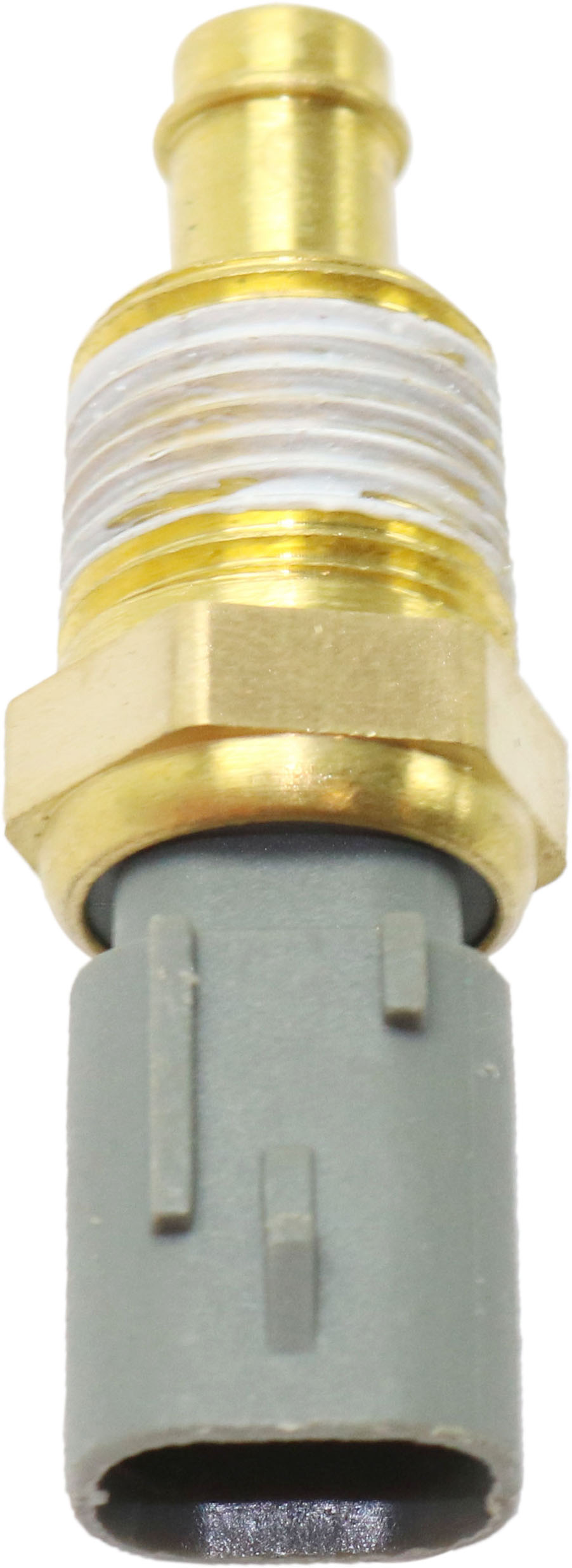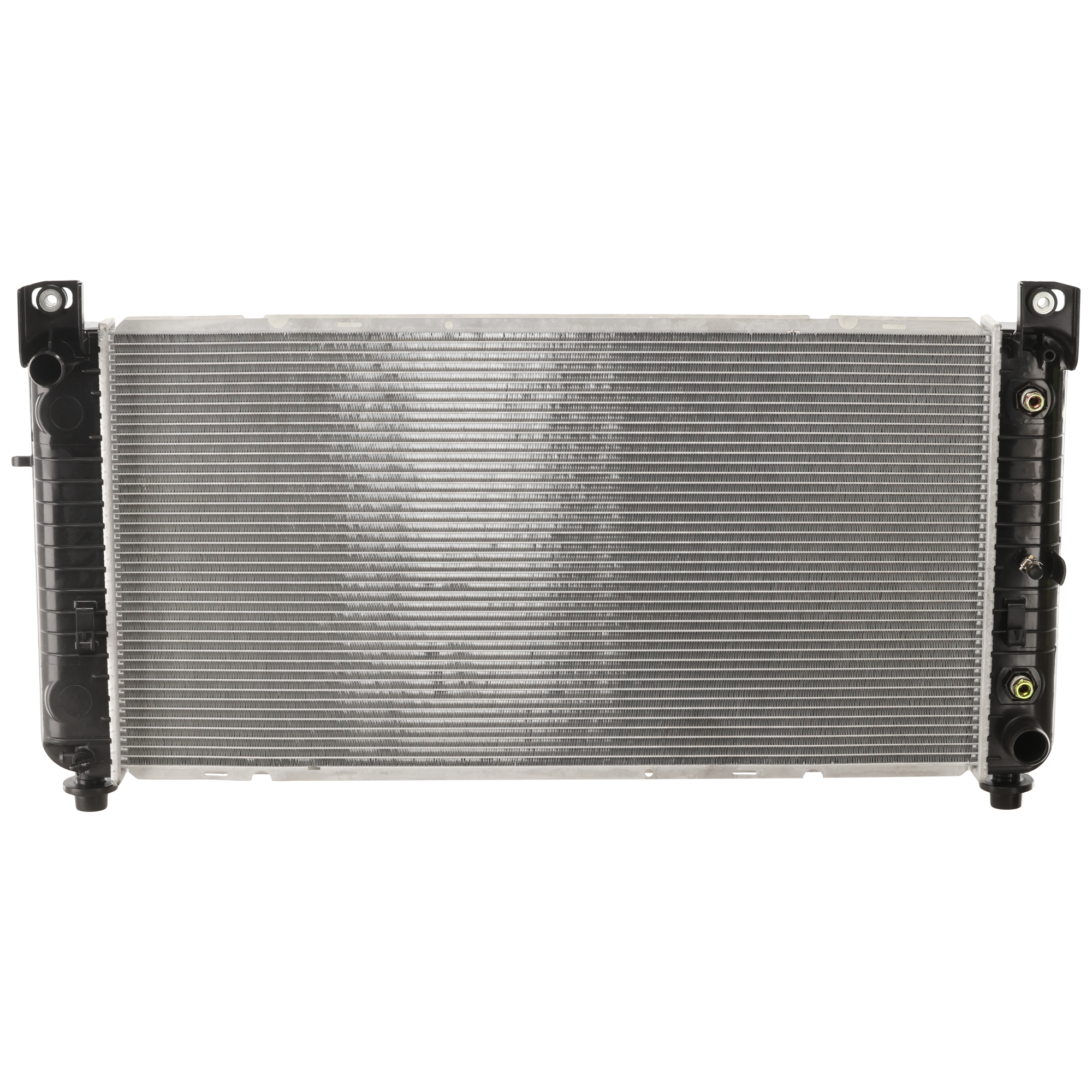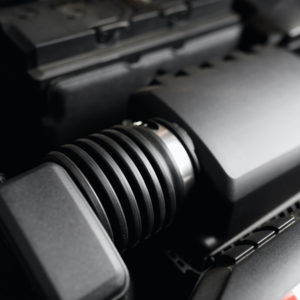One of the codes that you may retrieve from your scan tool is the code P00B6. Read on to learn more about its definition, possible triggers, and common symptoms.
What Does the P00B6 Code Mean?
Diagnostic trouble code (DTC) P00B6 stands for “Radiator Coolant Temperature/Engine Coolant Temperature Correlation.” This error code is logged when the powertrain control module (PCM) detects that the difference in signals between the radiator coolant temperature sensor and the engine coolant temperature (ECT) sensor is above factory specification.

As the thermostat opens, the radiator coolant temperature sensor signal should rise steadily, then stabilize once the thermostat opens completely. This is a rationale or correlation check between the two sensors, which are expected to behave a certain way on every cold start/warmup cycle.
On a 2015 Chevy Cruze, conditions for Running this DTC are as follows:
- DTCs P00B3, P00B4, P00B6, P0112, P0113, P0117, P0118, P0502, P0503 or P2610 have not been set.
- The vehicle has been OFF for greater than 8 hours before vehicle ON.
- The vehicle is ON, or the engine is running.
- The intake air temperature (IAT) is warmer than 19°F (−7°C).
- The fuel level is greater than 10 percent. The DTC runs once per ignition cycle when the above conditions are met.
The internal resistance in the ECT sensor typically decreases as the coolant warms and flows through it. This action translates to a decreased ECT sensor circuit voltage sent to the PCM. Once the engine cools, the thermal resistance in the ECT increases. As a result, the ECT sensor circuit voltage in the PCM is increased. The PCM perceives these fluctuations in voltage as changes in engine coolant temperature.
However, if the PCM notes a discrepancy higher than the allowable threshold between the radiator coolant temperature sensor and the ECT sensor’s signals, it will log error code P00B6.
Note: The definition of code P00B6 may be different depending on the vehicle manufacturer. Consult the appropriate repair manual or repair database for the exact code definition.
What are the Possible Causes of the P00B6 Code?

P00B6 is a generic code, so it can have many causes. Here are the most common:
- Faulty ECT sensor
- Defective radiator coolant temperature sensor
- Inadequate coolant level
- Wiring issue
- Failing PCM
What are the Common Symptoms of the P00B6 Code?
You may notice the following symptoms if you own a vehicle with a logged P00B6 trouble code:
- Activated check engine light
- Engine overheating
- Abnormal temperature gauge readings
- Poor fuel economy
- Poor engine performance

How to Diagnose the P00B6 Code
Although P00B6 is a generic code with triggers and symptoms similar to other DTCs, there is no universal fix for this code. Vehicles are built by automakers differently, so the exact diagnostic and repair procedures may vary.
Repair steps for a logged P00B6 on a Chevy Cruze may not work for a P00B6 on a Range Rover. So, as a rule of thumb, always refer to a repair manual for the appropriate diagnostic steps.
How to Fix the P00B6 Code
Code P00B6 may be set in vehicles of varying makes and models. Refer to the factory repair information specific to your car before DIY-ing any repairs. If you aren’t confident in your auto repair skills, it may be best to leave the job to a professional.
However, if you’re set on resolving this code on your own, make sure your automotive knowledge is up to date before attempting any fixes. Refer to a repair manual or an online repair database to learn how to resolve code P00B6.
Find the Right Coolant Temperature Sensor For Your Car
There’s a good chance that a faulty coolant temperature sensor is responsible for the P00B6 code set by the PCM. Replace the erratic sensor right away if you want to prevent additional problems with your vehicle’s engine. Fortunately, finding a compatible coolant temperature sensor at CarParts.com only takes a few clicks.
CarParts.com streamlines the process for a replacement coolant temperature sensor that fits your vehicle’s specific year, make, and model. Just plug the details of your car or truck into our website’s vehicle selector and view the results to find the product that fits your unique application. We exclusively source our products from brands trusted by drivers across the US, so you can rest assured that your replacement part will deliver excellent performance. If you live in the continental US and complete your order before noon ET, your new coolant temperature sensor can reach your doorstep in as fast as two business days.
Don’t delay in getting a replacement coolant temperature sensor. Check out our extensive selection of coolant temperature sensors and order one that fits your vehicle.
Products Mentioned in this Guide
Shop this Project



Any information provided on this Website is for informational purposes only and is not intended to replace consultation with a professional mechanic. The accuracy and timeliness of the information may change from the time of publication.

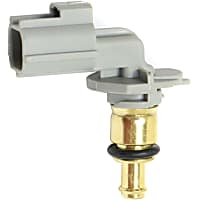 Coolant Temperature Sensor
Coolant Temperature Sensor
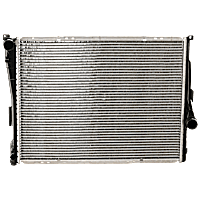 Radiator
Radiator
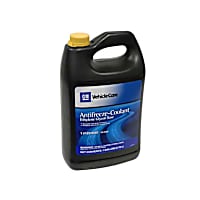 Coolant/Antifreeze
Coolant/Antifreeze
